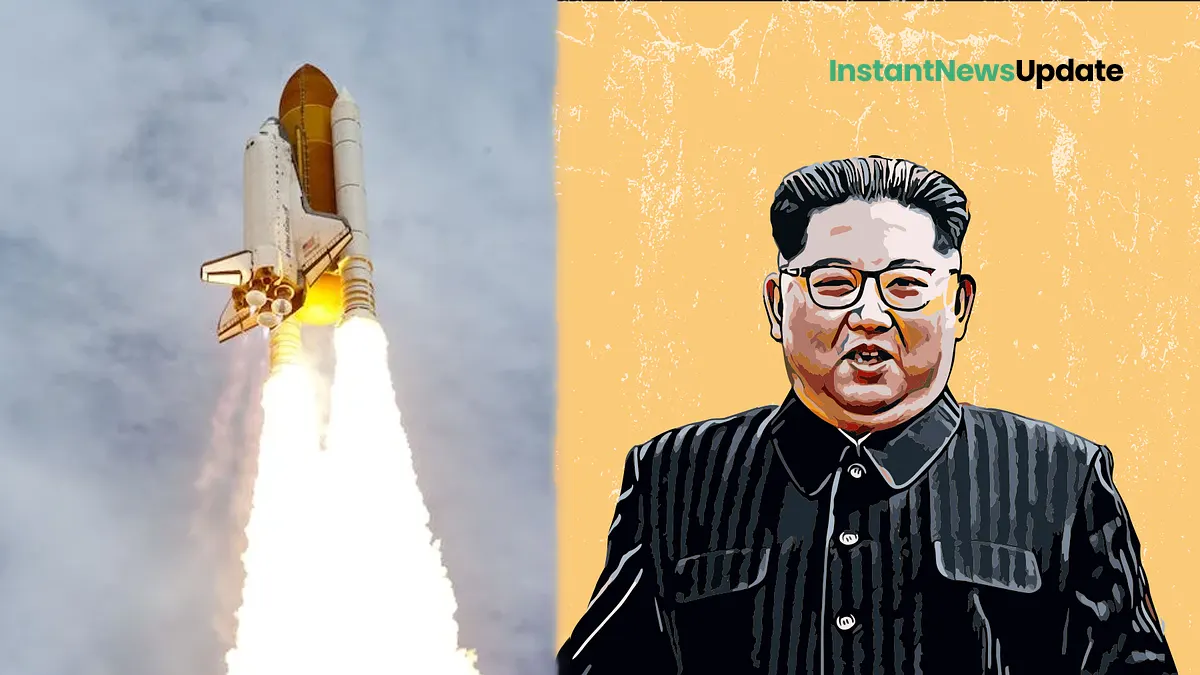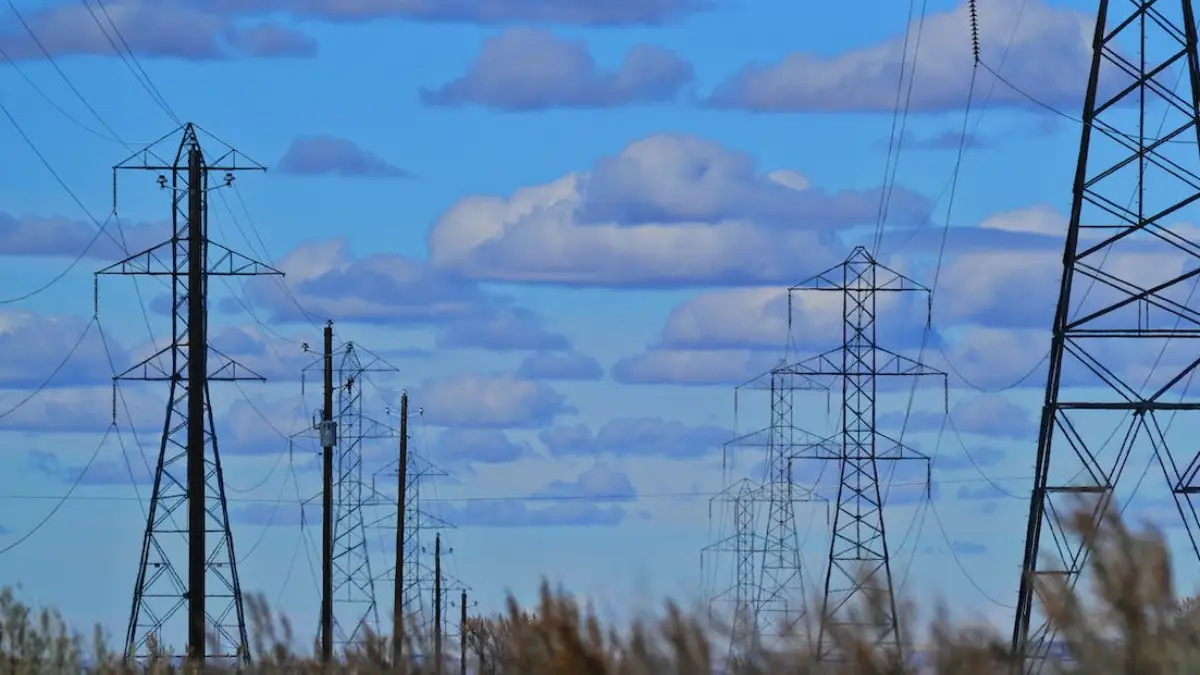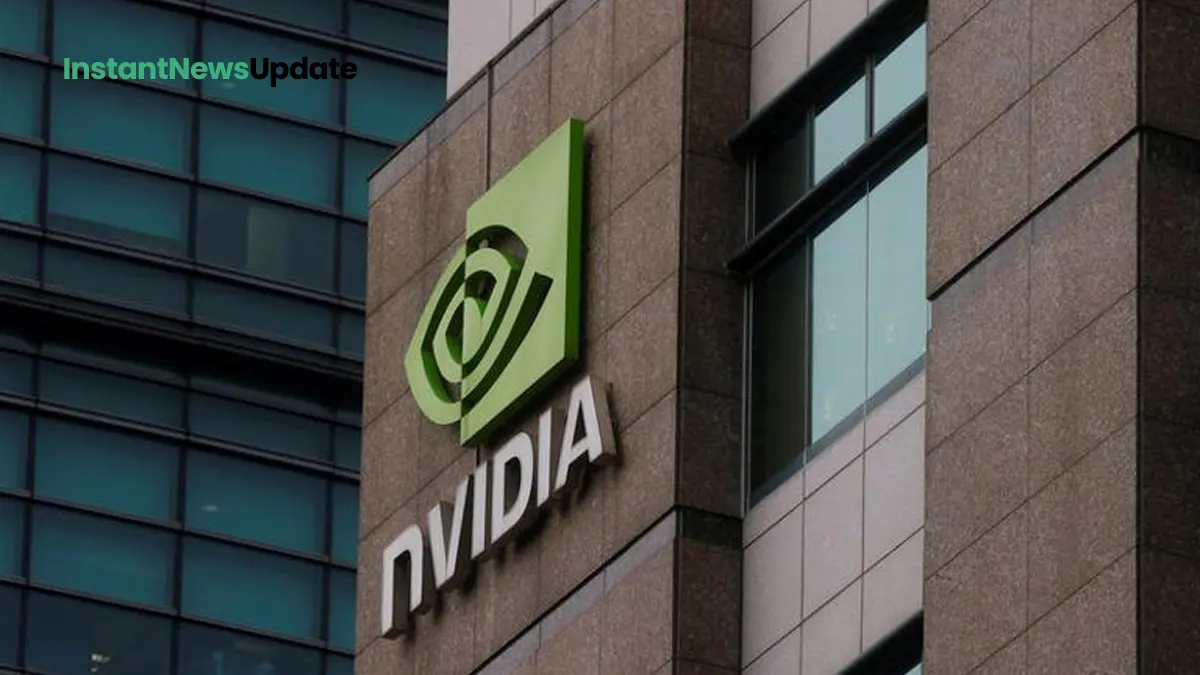Launch failure attributed to booster’s third-stage error, according to Korean Central News Agency (KCNA).
In a recent development, North Korea’s second attempt to launch a spy satellite has ended in failure. The launch mishap was attributed to a malfunction in the booster’s third stage, as reported by the Korean Central News Agency (KCNA). This marks the second unsuccessful launch for North Korea in a span of a few months.
Unsuccessful Launch Details
The unfortunate incident follows a similar pattern to the late May launch when a North Korean rocket carrying a spy satellite plunged into the sea shortly after lift-off. Despite these back-to-back setbacks, Pyongyang has announced its intention to make another launch attempt in October. The ambition is to establish a functional network of spy satellites aimed at monitoring the activities of North Korea’s perceived adversaries, namely the United States and South Korea.
Technical Challenges and Improvements
North Korea’s scientists appear to have addressed the unstable fuel or engine problem that caused the initial launch failure during the second stage. This time, the focus shifted to a problematic “emergency blasting system” within the third stage, leading to the recent failure. Professor Chang Young-keun of the Korea Aerospace University in South Korea noted that the swift announcement of a third launch in October suggests progress in resolving the technical issues encountered.
Political Implications and Speculations
However, experts remain skeptical about the quick turnaround and suggest that the frequent launches might be driven by political motivations rather than scientific advancements. The North’s accelerated launch schedule stands in contrast to South Korea’s deliberate approach, with considerable intervals planned between the launches of its new Nuri rocket. Analysts posit that this disparity could indicate North Korea’s emphasis on showcasing achievements rather than achieving operational satellite capabilities.
Kim Jong Un’s Involvement and Diversified Priorities
Amidst these developments, North Korean leader Kim Jong Un focused his attention on a different sphere, as he visited a tractor factory in Nampo, the country’s second-largest city. Joined by his influential sister, Kim Yo Jong, Kim Jong Un urged the factory to play a role in addressing the nation’s ongoing food crisis, highlighting the dire need for solutions in the largely agricultural nation.
Potential Dual Purpose of the Factory
While the factory’s primary focus remains on tractor production, some analysts speculate that it could also be involved in manufacturing components for missile launch vehicles. This speculation underscores the interconnectedness of North Korea’s technological endeavours, encompassing both agricultural and military pursuits.
With a second failed satellite launch attempt, North Korea faces technical hurdles and political considerations as it strives to establish its presence in the realm of spy satellites. The next attempt, scheduled for October, will likely be closely watched by the international community.









